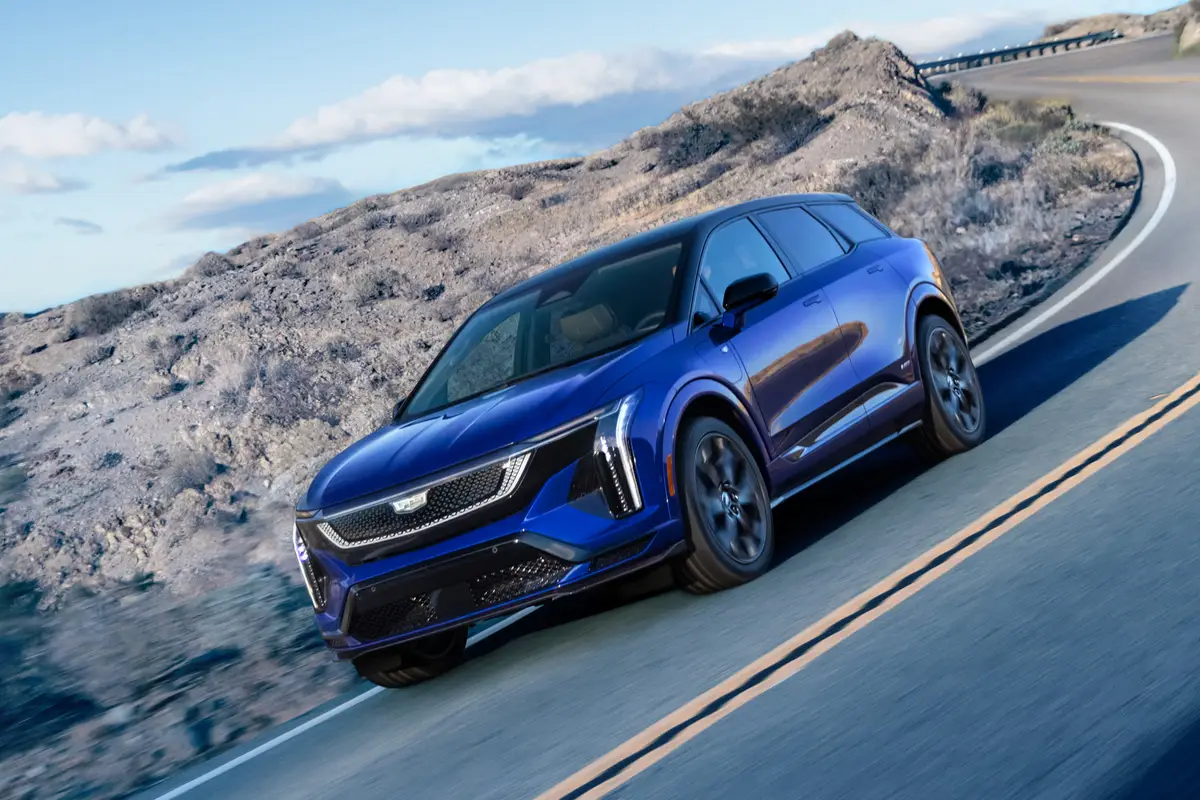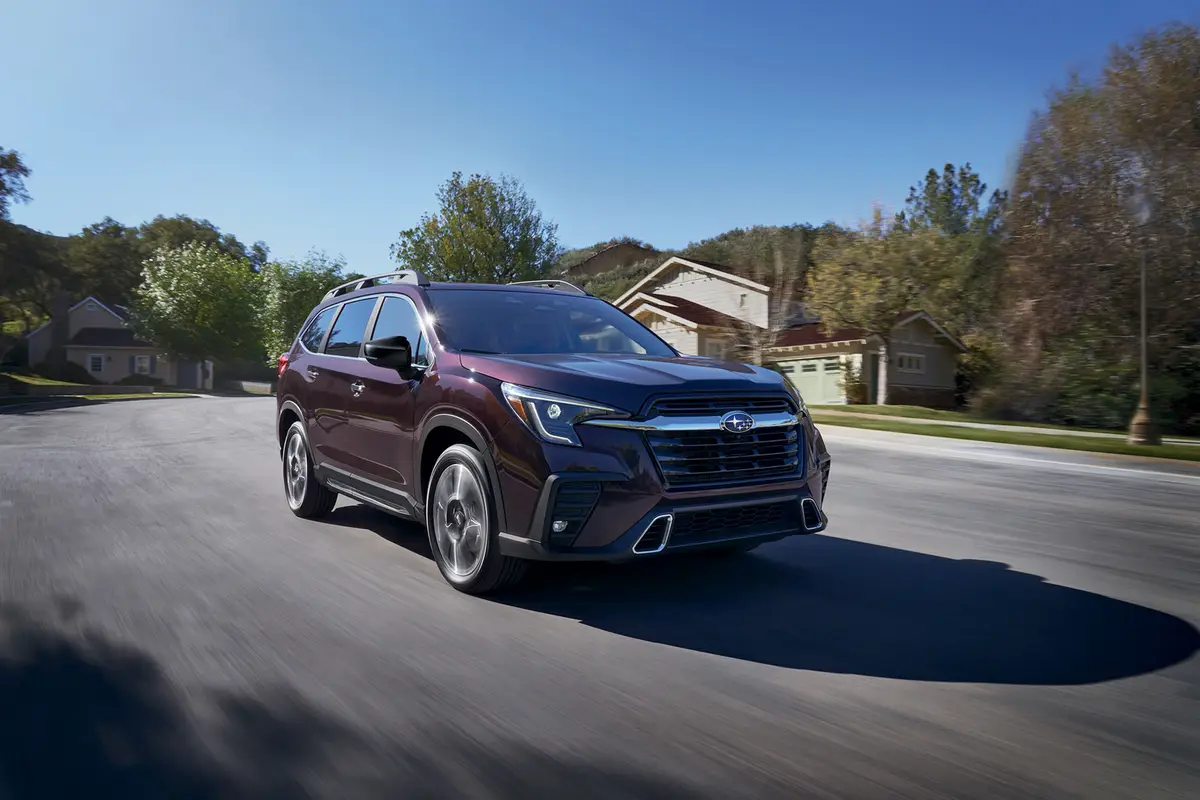Boston.com's view
There are cars that, as you drive them, grow on you.
The Subaru Baja, Infiniti M45, Hyundai Santa Fe, and Kia’s Sorento and Sedona come to mind as recent rides that have had this effect on me. From the funkiness of the Baja, the brute muscle car strength of the M45, to the basic quality at great prices of the Santa Fe, Sorento, and Sedona, there was an inherent and growing sense of value as I drove each.
Then again, there is the occasional car that grows "off" you. You are expecting certain things: power, luxury, funkiness, but get something else: bad ride, wheezing engine, cheap appointments. I’m thinking of the Mercury Marauder (failed muscle car) or Saab 9-5 (much in need of upcoming update) here.
Add to that list the Jeep Grand Cherokee. Here’s a 10-year-old SUV badly in need of a serious update.
It’s not that it is a bad SUV (circa 1997), or that it lacks interior luxury (nice touches of wood and leather), or power (265 horsepower as tested). It is simply that other SUVs have passed it by.
They have passed it by in terms of interior quiet, ride and handling, even roominess.
If you look at a car as you might a human body — skin and bones — this one has the skin but the bones need resetting.
Designers did a fine job of taking the Cherokee that was a sharp-edged box and transforming it to the rounded corners, slightly crouched look common to SUVs of today.
Inside, they gave the soft leather seats an armchair feel, added nice slashes of wood trim to the dash and doors, put in a fine sound system. But at more than $40,000, they are up against newer, better SUVs overall.
This remains, even with softened suspension, very much a throwback to the truck-based SUV of old. Its live axles let you know they are there with every bump in the road or expansion joint on a bridge. It sits high, rolls softly side to side even in moderate cornering or passing maneuvers, and transmits the bumps and bangs of spring roads right back through the steering wheel.
It is probably fine for getting around town, remains a durable off-road vehicle, but it is not a car in which I would like to take a long trip. And for its size and gas consumption (I got 15.8 miles per gallon) it holds only four adults in real comfort, five in a pinch.
The Grand Cherokee comes in three versions: Laredo, Limited, and Overland (as tested).
The Overland comes with a standard 4.7-liter Power Tech V-8 engine that produces a towing-useful 330 lb.-ft. of torque. (Lesser versions get a standard 4.0-liter six-cylinder engine with the V-8 an option). The Overland’s V-8 is mated to a 5-speed automatic transmission and a full-time all-wheel-drive system.
Its Vari-Lok axles use speed-sensing torque transfer units front and rear and can send nearly all power to any individual wheel for maximum traction even as torque is cut to slipping wheels.
I did not get this one deep off road for heavy testing, but the AWD and traction systems worked very well in several inches of unplowed spring snow. On one steep climb, there was a sensation of the vehicle "walking" itself, wheel-by-wheel, up a slippery slope.
That’s the good news.
The bad news is that, even with what are billed as standard heavy duty shocks, the ride was just too soft. A soft ride in a low-slung sedan can be comfortable. A soft ride in a high-sitting SUV can be like riding a boat over waves, and that’s the way this felt.
And what Daimler-Chrysler bills as softer, `improved brake feel" and "lower steering effort" just felt all around squishy to me.
The Cherokee has live axles front and rear with, up front, leading arms, a track bar, coil springs, stabilizer bar, and either monotube low-pressure shocks or monotube high-pressure shocks. In the rear there are lower trai ing arms, triangular upper arms, coil springs, stabilizer bar, and the same options on shocks.
Standard equipment on the top-of-the-line Overland includes multistage front air bags, ceiling mounted side curtain air bags front and rear, a child seat anchor system, ABS, skid plates, a full-size spare tire, 10-disc CD changer, dual-zone climate control, trip computer, 10-way power, heated driver’s seat, sunroof, tow hooks, side roof rails, and a heated driver’s mirror. The test car climbed past $41,000 with the addition of such items as a trailer package ($255), engine block heater ($40), power adjustable pedals ($185), a navigation system ($1,200), and destination charge ($645).
That’s a lot of money, so much that it puts the Overland into direct competition with Volvo’s XC 90, a far more advanced SUV, Lincoln’s Aviator, and the much improved Ford Explorer.
DaimlerChrysler is making big news with its trucks, its new van/wagon the Pacifica, and its hot two-seater, the Crossfire. If it’s going to keep building it, the Cherokee needs some attention.
Nice touch: The tire pressure monitoring system ($150) that uses sensors at each valve stem to send inflation information to a screen at center ceiling atop the windshield.
Annoyance: OK, the side rails for the roof rack are standard. But if I want adjustable cross rails to actually turn it into a utilitarian roof rack, I have to pay an extra $50?
Latest news



